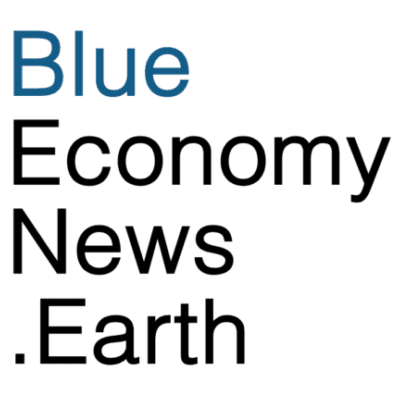The Ocean Cleanup has launched two new programs to tackle the ocean plastic problem. The 30 Cities Program will scale the organization’s Interceptor solutions across 30 key cities in Asia and the Americas, aiming to eliminate up to one third of all plastic flowing from the world’s rivers into the ocean before the end of the decade.
The organization is also calling on sailors who expect to be in the Pacific this summer to help track plastic around the Great Pacific Garbage Patch.
With the 30 Cities Program, The Ocean Cleanup will transition from single river deployments to citywide solutions, tackling the main plastic-emitting waterways in each selected city. This follows a key learning from deployments in Kingston, Jamaica, which showed it is possible to scale faster when projects encompass whole cities, as the same set of partners can be involved with all deployments.
The Ocean Cleanup identified 30 major plastic-polluting coastal cities including: Panama City, Panama; Mumbai, India; Manila, Philippines; Montego Bay, Jamaica; Jakarta, Indonesia; Kuala Lumpur, Malaysia; Bangkok, Thailand and Los Angeles, U.S.A. Other cities will be announced once the necessary partnerships and agreements are in place.
“When we take on an entire city, instead of individual rivers, we can scale faster, reduce costs, and maximize impact,” said Boyan Slat, Founder and CEO of The Ocean Cleanup. “Our analysis shows that strategically deploying Interceptors across just 30 carefully chosen cities can stop up to a third of river plastic pollution worldwide. This is the next big leap toward our ultimate goal of a 90% reduction in global ocean plastic pollution.”
Before Interceptors are deployed, each city project begins with an intensive analysis phase. Aerial drones, AI-powered image analysis, and GPS-tagged “dummy” plastics are used to chart every visible waterway and track how waste moves from streets to sea. These real-time insights guide Interceptor placement and provide a public baseline against which progress can be measured.
Alongside intercepting new plastic, the 30 Cities Program will also remove debris from nearby coasts, mangroves, and coral reefs. This organization said this twin-track approach—shutting off the tap while clearing the legacy pollution—enables it to achieve long-term impact, which includes the restoration of fish nursery habitats, boosting coastal tourism, and strengthening of natural storm surge defenses for local communities. Alongside local partners, the organization also advocates for improvements in waste management and awareness raising amongst communities.
To date, The Ocean Cleanup said it has already prevented over 29 million kilograms of trash from reaching the ocean. The organization said it currently intercepts an estimated 1–3% of global river-borne plastic emissions. With the first 20 river deployments close to being fully operational, it is now poised to reduce the plastic pollution flowing into the ocean from rivers by up to a third.
Asking Sailors to Help Track Pacific Ocean Plastic
The Ocean Cleanup is also hoping to equip sailors in the Pacific with AI cameras, called an Automated Debris Imaging System (ADIS), to monitor and map the distribution of ocean plastic debris in their ongoing effort to remove the Great Pacific Garbage Patch (GPGP).
Estimated to contain around 100,000 tons of plastic, the GPGP covers an area twice the size of Texas and is mostly comprised of ghost nets and other fishing gear, complemented by a wide array of plastic pieces dating back to the 1960s. The organization said it has removed more than one million pounds of trash from the GPGP over the past four years.
The volunteer sailors would install a camera at the highest possible point on their vessel, make sure it faces the ocean surface and ADIS will take photos of plastics afloat at sea and send the data back to The Ocean Cleanup HQ in Rotterdam, The Netherlands. This will enable the organization to map plastic hotspot concentrations and use predictive software to track their movement using ocean circulation, wave and wind data.
Boats can also help by using GPS tracking buoys, to tag lost, or abandoned, fishing gear and ghost nets. This will also help track and model where these large items are floating and pinpoint them for smart, targeted, future cleanup efforts. As a ghost net hunter, participants will be asked to attach the trackers to abandoned fishing gear found at sea and release them.
“The GPGP is an ever-moving plastic soup that is impeding the ocean’s ability to help regulate the climate and is harmful to marine life,” said Laurent Lebreton, Head of Research at The Ocean Cleanup. “Technology has a big part to play in the future ocean cleanup. The strategic integration of remote sensing from ships, drones, and satellites as well as the use of AI and particularly machine learning can revolutionize the detection, tracking, and removal of plastic debris.”
“To help us better target our extraction operations and clean up the patch more effectively and economically, we need to understand where the high concentrations of plastic are located. The sailing community can become citizen scientists and boost our efforts to solve this environmental crisis by signing up and being part of the solution.”

